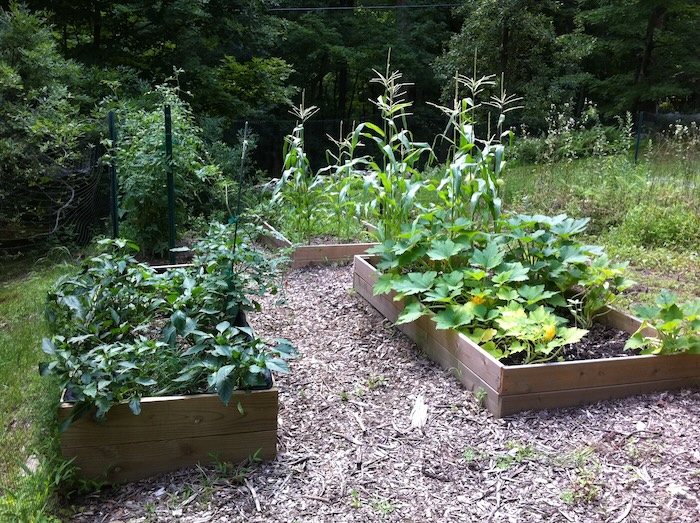NPK, pH, soluble salts, texture, organic matter and Pb ppm are the data points that thrill me at this time of year.
Yes, I’m talking about measurements of nitrogen, phosphorus and potassium in soil; the acidity or alkalinity that impacts how well plants can take up those nutrients; how well water and air move through the soil; how much plant and animal parts are decomposing in the soil; and lead measured in parts per million.
It’s interesting and vital information that can change what you plant, how you plant and why you plant. With all the conversations I’ve had with gardeners over the years, the state of soil is the least-understood part of the process of growing things.
Soil is commodified, commercialized, removed, disturbed, polluted, vilified if it’s on our floors and dismissed as “dirt.” Given these situations, considering soil health to be a farmer’s problem is not surprising. But for plants, soil is their world. Imagine being unable to pick up and move when your home is drenched with road salt or Roundup. The world in the ground is worthy of our care and attention.
For your garden, start with a soil test. A lab analysis will tell you what your plants are working with. You won’t need an advanced degree to understand the results, and the results can change your approach and the success of your plantings. In addition, healthy soil sequesters the carbon dioxide that contributes to global warming.
I’ve submitted samples for myself and clients to a few sources: the Cornell Soil Health Laboratory (dub.sh/cornell-soil-test), the Urban Soils Lab at Brooklyn College (brooklyn.edu/usl) and the University of Connecticut Soil Nutrient Analysis Lab (dub.sh/conn-soil-test). They each accept soil from lawns, landscapes and vegetable or fruit plantings. Prices start at $5 for individual tests and $90 for packages. I’ve never used a commercial service for a soil test. I appreciate that university labs don’t need to make a profit by upselling me based on the test results.

Back to those data points. Nitrogen, phosphorus and potassium are the key nutrients for plants and trees. Nitrogen helps plants make leaves and keeps them green. They use phosphorus for roots, fruit and blooms. Potassium (aka potash) helps plants thrive. When you buy fertilizer, the ingredients are expressed as N-P-K with numbers such as 10-10-10 that correspond to the ratio of each in the bag. If a soil analysis shows low nitrogen, for example, you will want more nitrogen in the bag.
The pH level of soil is measured on a scale of 0 to 14, from acidic to alkaline. This determines how well plants take up nutrients. Vegetables grow best at 6.2 to 8.2. Some plants, like blueberries, need more acidic soil, so the range is 4.5 to 5.5.
The level of soluble salts impacts how well roots take up water and how well the soil holds it. The same goes for texture and organic matter. Each measurement is important because the levels influence each other.
At higher levels, lead can be a health hazard. It’s worth knowing what you are dealing with before stirring up soil. Lead levels alone don’t indicate risk, however. That can be affected by the amount of organic matter, the soil texture and other factors.
No matter what you grow, a soil test will tell you what the plants need.

